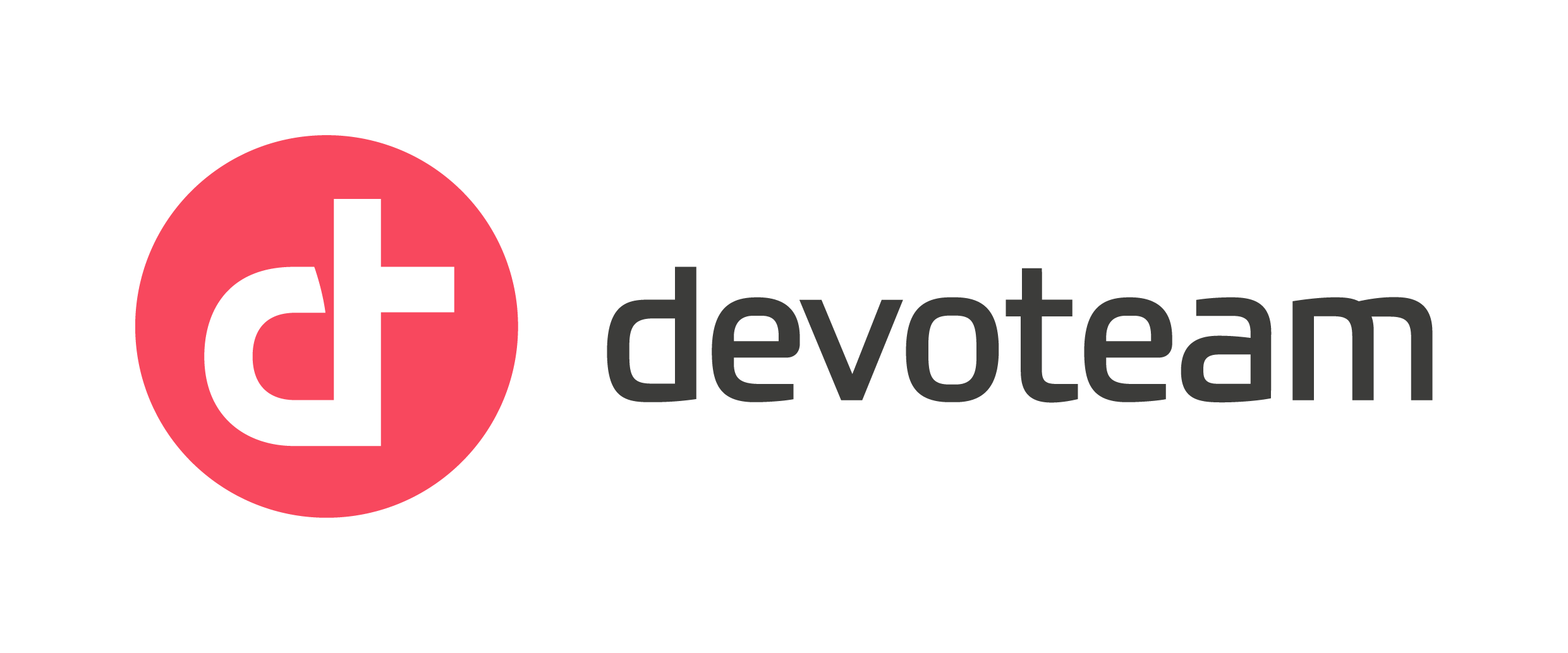
Devoteam
Devoteam uses Lucid across the organization to increase leads, deliver value to clients, and centralize documentation.
Key Benefits
- INCREASED LEADS
- The Devoteam marketing team increased leads by 36% year-over-year from 2023 to 2024 in part due to collaborating and creating customer journeys in Lucid.
- DELIVER VALUE TO CLIENTS
- The client-facing development team at Devoteam uses Lucid to collaborate on calls with clients and determine how to provide the best value, shortening the sales process from 2 months to 2 weeks.
- CENTRALIZE INFORMATION
- Devoteam’s enterprise architecture team uses Lucid to centralize internal knowledge and eliminate versioning issues. Diagrams that used to take 2 days to create now only take the team 30 minutes.
SIZE: Large (2501+ employees)
Devoteam is a premium consultancy firm driving digital transformation through innovative technology. Tech native for 30+ years, Devoteam delivers lasting results in cloud, data, cyber, and AI for industries and public institutions across EMEA. Core tech entrepreneurship fosters Devoteam's learning culture, ensuring high talent density in 11,000 experts by attracting and training top professionals. Strong partnerships with tech giants and emerging innovators provide solutions that help clients lead.
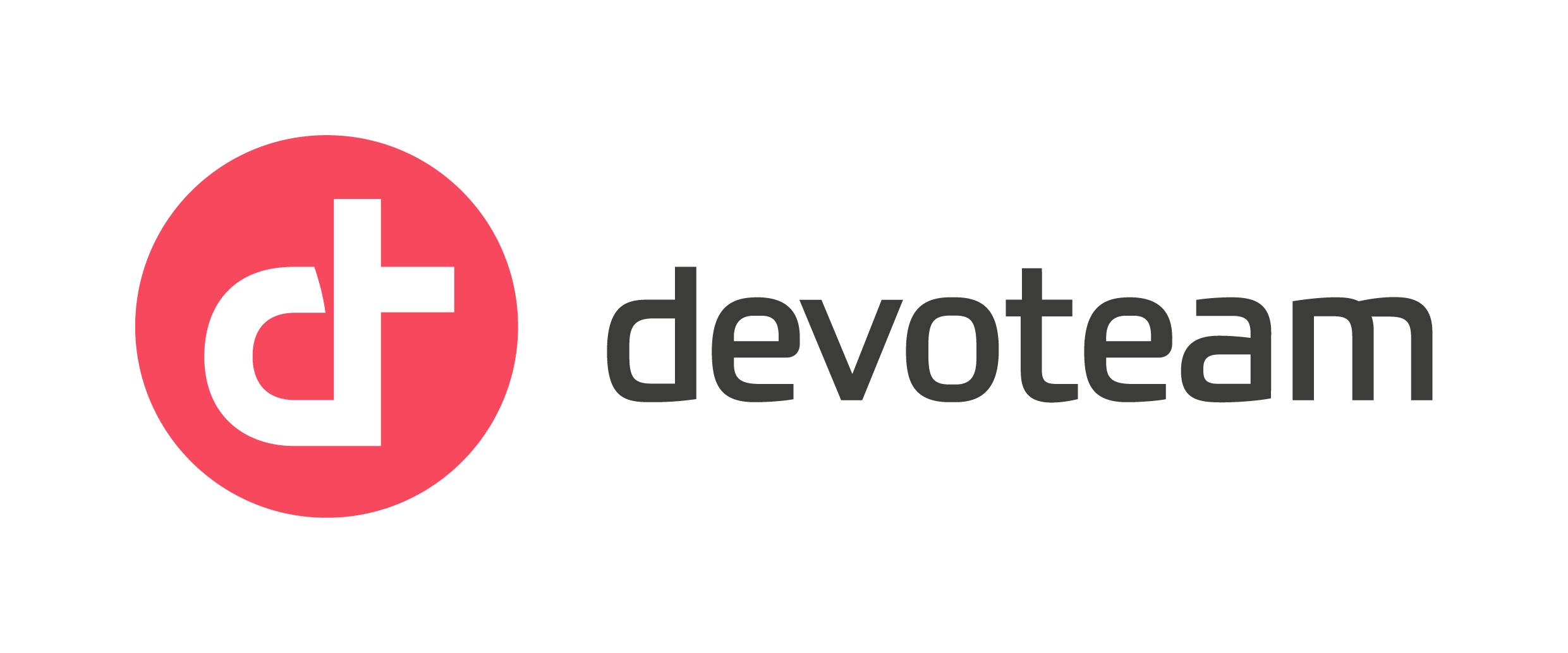
Leadership at Devoteam chose Lucid as a work acceleration solution because it allows them to consolidate several tools, it’s easy to use, and it can be used in many different ways, with universal canvas allowing users to switch between Lucidspark and Lucidchart.
"It’s pretty easy for people to figure out Lucid." —Tim Sente, CTO
From marketing to product development to enterprise architecture, Devoteam uses Lucid across its organization to achieve top initiatives, both client-facing and internally. Lucid has helped Devoteam increase marketing leads, deliver more value to clients, centralize architecture documentation, and provide a more consistent way of working.
Increasing marketing leads
Devoteam's marketing team uses Lucid to ideate, build, and track all their major campaigns and marketing activities across many different digital channels, including website, SEO, ads, marketing automation, and PR. Their goal is to increase sales revenue by driving new leads for the business. From 2023 to 2024, they increased leads by 36% year-over-year and opportunities won by 31%—part of which they attribute to the introduction of the Lucid Visual Collaboration Suite because Lucid has made it easier for the team to brainstorm and collaborate, create customer journeys, and ultimately choose the best journey for their end goals. Overall, they build 25 campaigns in Lucid each year and save 12.5 hours in build time across campaigns.
"For us now, [Lucid is] a native tool." —Martin Vermorel, Head of Digital Marketing
Specific pain points Lucid solves for the digital marketing team are brainstorming and facilitating engaging icebreakers. Before Lucid, they used Jamboard. When asked about the change, Martin commented, “It’s more fun [in Lucidspark] because you can facilitate a professional task with fun activities—it’s an all-in-one place to save time. You can put the agenda and control everything in Lucidspark.”
By eliminating the documentation of physical sticky notes and email communication with readouts, the team saves about two hours every time they brainstorm. The team also saw an increase in meeting participation from 50% to 90% by using Lucidspark.
Using Lucid’s Visual Activities to rank and prioritize their ideas, the team then plots ideas on a future-looking roadmap. They map their ideas on a two-axis chart in Lucidchart that shows potential lead or sales volume and the investment needed to complete the project. Visual Activities have been an effective way to ensure that everyone’s perspective is considered when ideating.
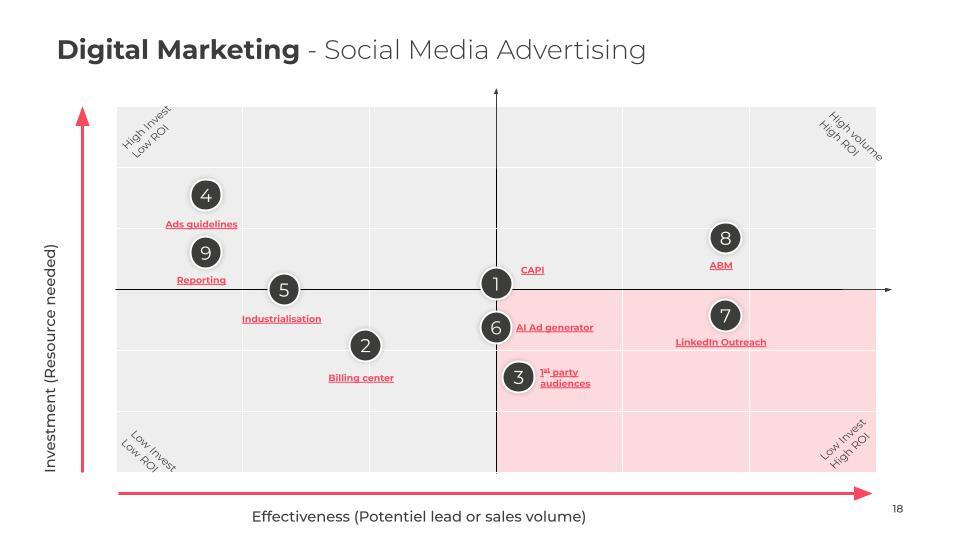
The marketing team also uses Lucid to document the lead flow journey. This documentation allows them to identify areas of the system that need to be automated and clearly visualize the experience for both anonymous website visitors and current customers.
“From anonymous visitor to lead to MQL to SQL to opportunity to new customer, we can mark our entire process in Lucid.” —Martin Vermorel, Head of Digital Marketing
The end-to-end documentation shows how a lead moves from MQL all the way to a closed customer. The team can share this customer journey with other teams in the organization via a view-only license to provide additional context. Martin said of customer journey mapping, “It was a nightmare before Lucidchart. It was in Google Slides. It was not very easy when you [wanted] to make any additions.”
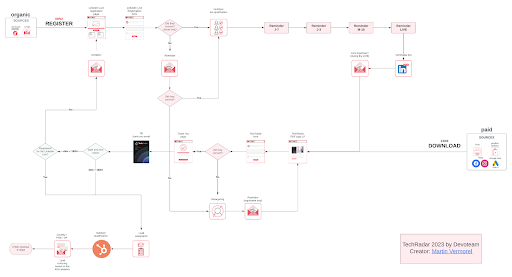
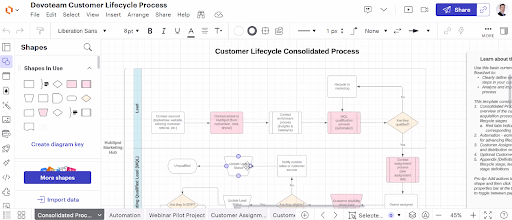
Now, the team has a single source of truth that is easy to update and provides increased visibility to stakeholders and teams across the company. Plus, they save an average of nine hours editing journey maps every six weeks by using Lucid instead of Google Slides.
Delivering more value to clients
The development team at Devoteam uses Lucid in their pre-sales interactions to shape conversations with clients, uncover client needs, and provide optimal outcomes. They do this by brainstorming and visualizing the options in Lucidspark. The client and developer can both add notes to the board and collaborate on a solution. Using Lucid in client interactions has accelerated the speed of sales and created a standard quality of product that developers provide to clients. Patrick de Hoon, operational manager, notes that the team is “better at solving problems together” with their clients than they were before.
The development team also uses Lucid to effectively engage with both C-suite and technical stakeholders on calls to pinpoint existing problems and identify solutions. Previously, teams had to hold informative sessions to bring leadership up to speed, work with creative teams to produce complex visuals, and schedule multiple review calls. Now, with the power of Lucid’s Work Acceleration Platform, the team eliminated all this work, and as one team member commented, “By doing those things right the first time… we are speeding up the sales process.”
With the addition of Lucid, the client-facing development team saw the sales process shorten from taking two months to about two weeks.
Centralizing architecture information
The enterprise architecture team uses Lucid to transfer knowledge within the internal team. Before Lucid, the team didn’t have a common way of working; team members used a variety of tools. They also had multiple versions of documents and couldn’t edit documents at the same time. With the introduction of Lucid, they now have a centralized, visual repository that provides equitable access to all knowledge and a consistent way of working.
“The quality of work also improves because we are iterating on the same thing.” —Patrick de Hoon, Operational Manager
Additionally, when someone transitions to a new team or leaves the business, the information is retained via the central repository in Lucid.
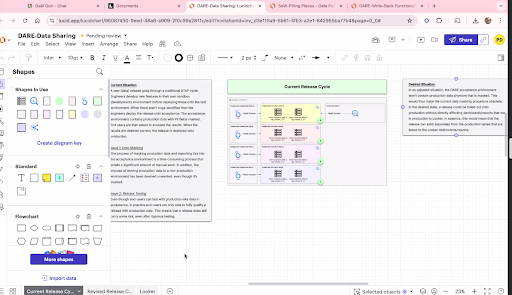
Diagrams that used to take two days to create now only take the team 30 minutes to create in Lucid—a 96% time savings. That’s time that Devoteam can put back into helping organizations implement AI-driven transformation.